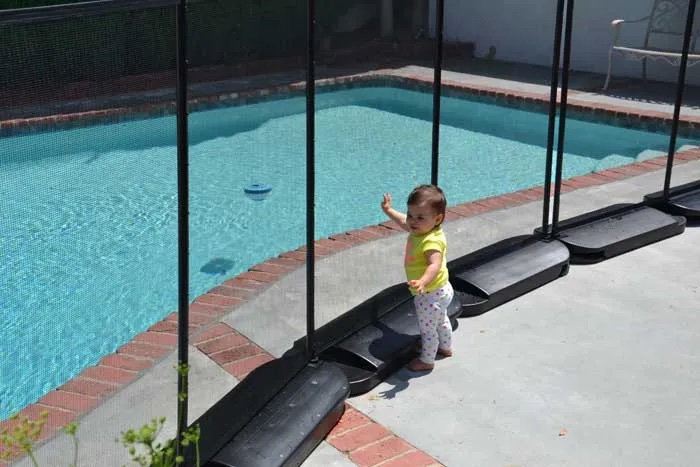
Why Anniston Residents Are Choosing Swimming Pool Enclosures: Safety, Style, and HOA-Approved Guidelines
As backyard pools continue to be a popular choice among families in Anniston, the conversation is growing around a critical—and potentially life-saving—addition: swimming pool enclosures. Whether you already enjoy poolside weekends or are just beginning to explore adding a pool, understanding both the safety benefits and the community standards can help you make the right decision.
A Safer Space for Families and Guests
Drowning remains a leading cause of unintentional death for children. According to the Centers for Disease Control and Prevention (CDC), more children ages 1–4 die from drowning than from any other cause of death. Most of these tragic incidents happen in home swimming pools. The Consumer Product Safety Commission adds that nearly 300 children under age 5 drown in pools and spas each year—another 4,000 are treated for non-fatal submersion injuries annually.
The good news? Barriers work. The CDC reports that proper pool fencing and enclosures can reduce the risk of drowning by 83%.
In response to safety concerns and changes in state law, the Anniston Community Association has officially adopted a policy supporting the installation of pool enclosures—with clear guidelines in place to preserve the aesthetic of the neighborhood.
What’s Allowed in Anniston?
Anniston’s Community Policies Manual outlines specific requirements for swimming pool enclosures that align with Texas Property Code Section 202.022. Here’s what homeowners need to know:
-
Material & Style: The enclosure must consist of transparent mesh or clear panels set in metal frames. This ensures both safety and visual appeal.
-
Height Restrictions: It may be up to six feet tall—but not taller—and must meet all applicable state or local safety codes.
-
Climb-Resistant Design: The enclosure must be built in a way that makes it non-climbable, enhancing its effectiveness as a protective barrier.
-
Color & Approval: Homeowners must submit their plans for prior approval to the architectural review committee. Importantly, enclosures that are not black in color or do not meet material requirements may be denied at the Board’s discretion.
Enclosures must also be kept in good condition, and the HOA reserves the right to require removal if they fall into disrepair or were not installed per the guidelines.
Mobile Sidebar Ad
Thinking About a Pool? Start Here.
If you’re in the planning phase of building a swimming pool in your Anniston backyard, incorporating an approved enclosure from the beginning can save time, prevent potential violations, and most importantly, add an essential layer of safety.
In addition to preventing tragic accidents, enclosures help keep out unwanted wildlife, reduce debris like leaves and insects, and can even improve energy efficiency by acting as a wind barrier—helping maintain water temperature and reducing the load on pool heaters.
How to Get Approval
Before beginning construction, residents must submit a detailed application to the Anniston Architectural Review Committee. Your application should include:
- Size and dimensions of the enclosure
- Materials and color
- Placement on your lot
- A visual rendering or manufacturer brochure, if available
Approvals ensure consistency throughout the neighborhood while honoring the safety and privacy of each household. Please visit myneighborhoodnews.com/anniston-policies-and-procedures for more information about the approvals process.
Pool Safety Is a Community Effort
With more families spending time outdoors—especially in the fall’s milder weather—Anniston encourages homeowners to take proactive steps in creating secure, attractive, and HOA-compliant backyards. Swimming pool enclosures not only help save lives but also enhance the usability and enjoyment of your space.
Stay tuned with My Neighborhood News for more Anniston updates, HOA guidance, and seasonal safety tips.
 Tiffany Krenek has been on the My Neighborhood News team since August 2021. She is passionate about curating and sharing content that enriches the lives of our readers in a personal, meaningful way. A loving mother and wife, Tiffany and her family live in the West Houston/Cypress region.
Tiffany Krenek has been on the My Neighborhood News team since August 2021. She is passionate about curating and sharing content that enriches the lives of our readers in a personal, meaningful way. A loving mother and wife, Tiffany and her family live in the West Houston/Cypress region.

